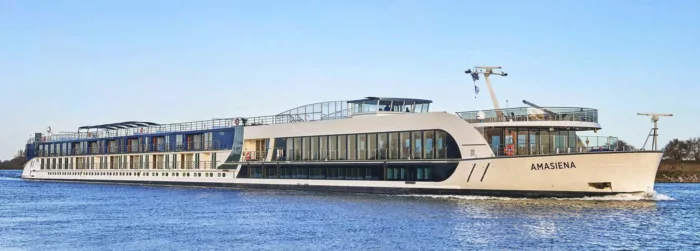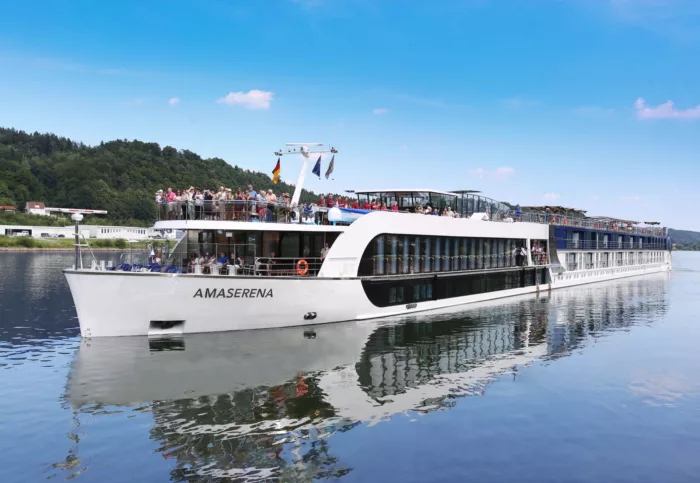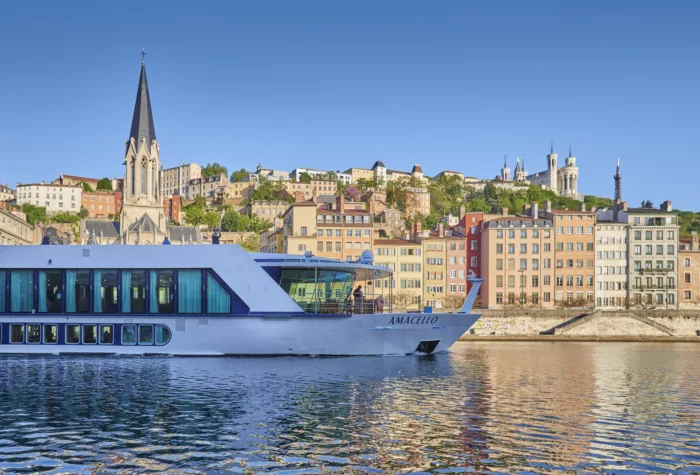
AmaWaterways
Luxury cruise line, AmaWaterways, has a fleet of 23 custom-designed, five-star river ships which sail to destinations all over the world, across Europe, Asia, and Africa.
On board AmaWaterways, passengers can learn Thai Chi as they sail the Mekong river, or enjoy sunrise yoga on the serene waterways of Europe.
156
Passengers
49
Crew
2019
Launched
3600t
Tonnage
135m
Length
12m
Width
11kts
Speed
4
Decks
EUR
Currency
Cruise Itinerary
Days 1 - 2
Amsterdam, Netherlands
Day 3
Düsseldorf, Germany
Day 4
Rüdesheim am Rhein, Germany
Day 5
Wertheim, Germany
Day 6
Würzburg, Germany
Day 7
Eltmann, Germany
Days 8 - 9
Nuremberg, Germany
Day 10
Regensburg, Germany
Day 11
Passau, Germany
Day 12
Melk, Austria
Day 13
Vienna, Austria
Day 14
Budapest, Hungary

Days 1 - 2
Amsterdam, Netherlands

Day 3
Düsseldorf, Germany

Day 4
Rüdesheim am Rhein, Germany

Day 5
Wertheim, Germany

Day 6
Würzburg, Germany

Day 7
Eltmann, Germany

Days 8 - 9
Nuremberg, Germany

Day 10
Regensburg, Germany

Day 11
Passau, Germany

Day 12
Melk, Austria

Day 13
Vienna, Austria

Day 14
Budapest, Hungary
Ship Details


AmaWaterways
AmaMora
AmaWaterways’ twin balcony ships represent some of the newest vessels in our fleet. Heated pools with a swim-up bar provide a tranquil environment for viewing stunning mountains and spired skylines. Plus, spacious staterooms afford guests comfort and privacy to rejuvenate while still experiencing the magnificent scenery.
Cabins
All Prices





